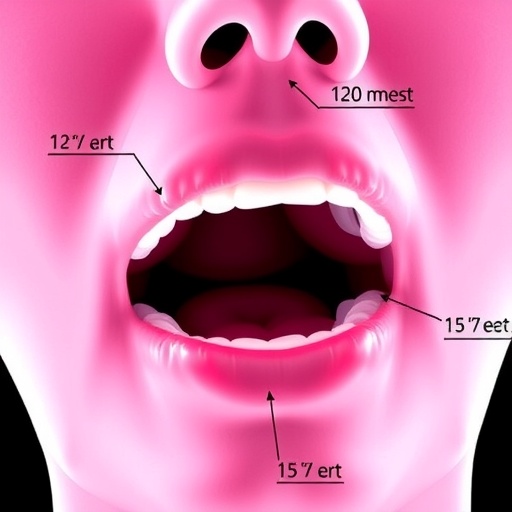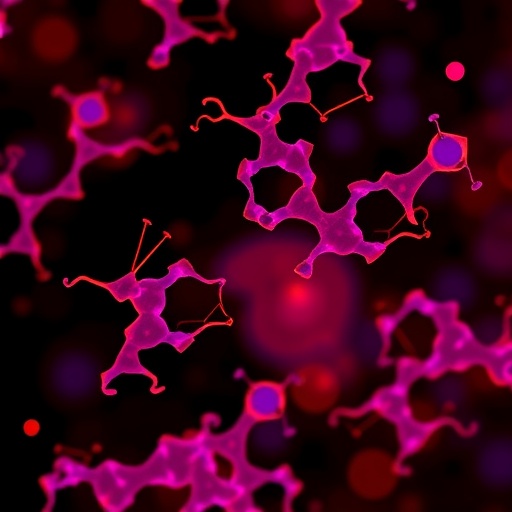Everyone knows cigarette smoking causes cancer and as a result, prices and advertising are closely regulated to discourage youth from starting. But another cancer risk, indoor tanning, which has been shown to cause melanoma, lags in regulation. Researchers at the Colorado School of Public Health have found that the tanning industry uses marketing strategies that appeal to adolescents and young adults, including unlimited tanning packages, discounts, and even offering free tanning when paired with other services like an apartment rental or gym membership.
“This study highlights the fact that a lot of businesses out there are providing this service at a low cost which removes a barrier to adolescents and young adults,” said Nancy Asdigian, lead author of the study and a Research Associate in the Department of Community and Behavioral Health at the Colorado School of Public Health. “Young people who want to tan do so when they can afford it and don’t when they can’t. The industry capitalizes on this with the strategies they use to price and promote this risk behavior.”
The study was published today in the Journal of Public Health Policy.
According to the Global Burden of Disease Study, about 352,000 people worldwide were diagnosed with potentially deadly melanoma in 2015. That includes 81,000 cases in the U.S.
High profile public health and policy efforts along with state age restrictions have helped decrease the prevalence of indoor tanning among youth, but the study said levels remain ‘unacceptably high.’
The researchers posed as customers and contacted tanning facilities in Akron, Ohio, Denver, Colorado, Austin, Texas, Boston, Massachusetts, Portland, Oregon and Pittsburgh, Pennsylvania. These cities were selected because they represent a variety of climate and geography as well as a range of stringency of state indoor tanning laws.
Of the 94 tanning places they contacted, 54 were primary tanning salons, and 40 were ‘secondary facilities’ that offered indoor tanning secondary to some other service like hair styling or physical fitness.
The study found that indoor tanning was free at 35% of secondary facilities. Nearly all apartments with tanning offered it free compared to 12% of gyms. Free tanning was most common in Austin.
Nearly all primary tanning salons offered time-limited price reductions.
“Many provide promos geared toward young adults. They offer packages that incentivize more frequent tanning. The more you use them the cheaper tanning becomes,” Asdigian said. “Everyone wants to get their money’s worth. When you buy a ski pass, you want to ski as much as possible.” In some cases, an individual tanning session could cost as little as $1 if the customer buys an unlimited monthly plan and uses it frequently.
Some countries, including Brazil and Australia, have banned indoor tanning salons altogether. The U.S. imposed a 10% tax on indoor tanning in 2010 and 19 states and the District of Columbia have enacted complete bans on indoor tanning for those under age 18.
But few of these policies have focused on the advertising, promotions or pricing practices of these facilities.
“A next step is to work with policy makers to restrict the use of discounts and deals to lure customers,” said Lori Crane, senior author of the paper. Another strategy would be to eliminate tanning provided in apartment complexes and fitness centers where tanning services are often free and less likely to be licensed and inspected by local regulators.
Another step, Asdigian said, is to understand the connection between pricing and the use of indoor tanning.
“In this study we described the costs and promotions,” she said. “An important question to answer is how variability in pricing impacts behavior. Establishing that link is an important step.”
###
The study co-authors include: Yang Lui; Joni A. Mayer; Gery P. Guy; L. Miriam Dickinson and Lori Crane.
About the University of Colorado Anschutz Medical Campus
The University of Colorado Anschutz Medical Campus is a world-class medical destination at the forefront of transformative science, medicine, education, and healthcare. The campus encompasses the University of Colorado health professional schools, more than 60 centers and institutes, and two nationally ranked hospitals that treat more than 2 million adult and pediatric patients each year. Innovative, interconnected and highly collaborative, together we deliver life-changing treatments, patient care, professional training, and conduct world-renowned research powered by more than $500 million in research awards.
Media Contact
Julia Milzer
[email protected]




